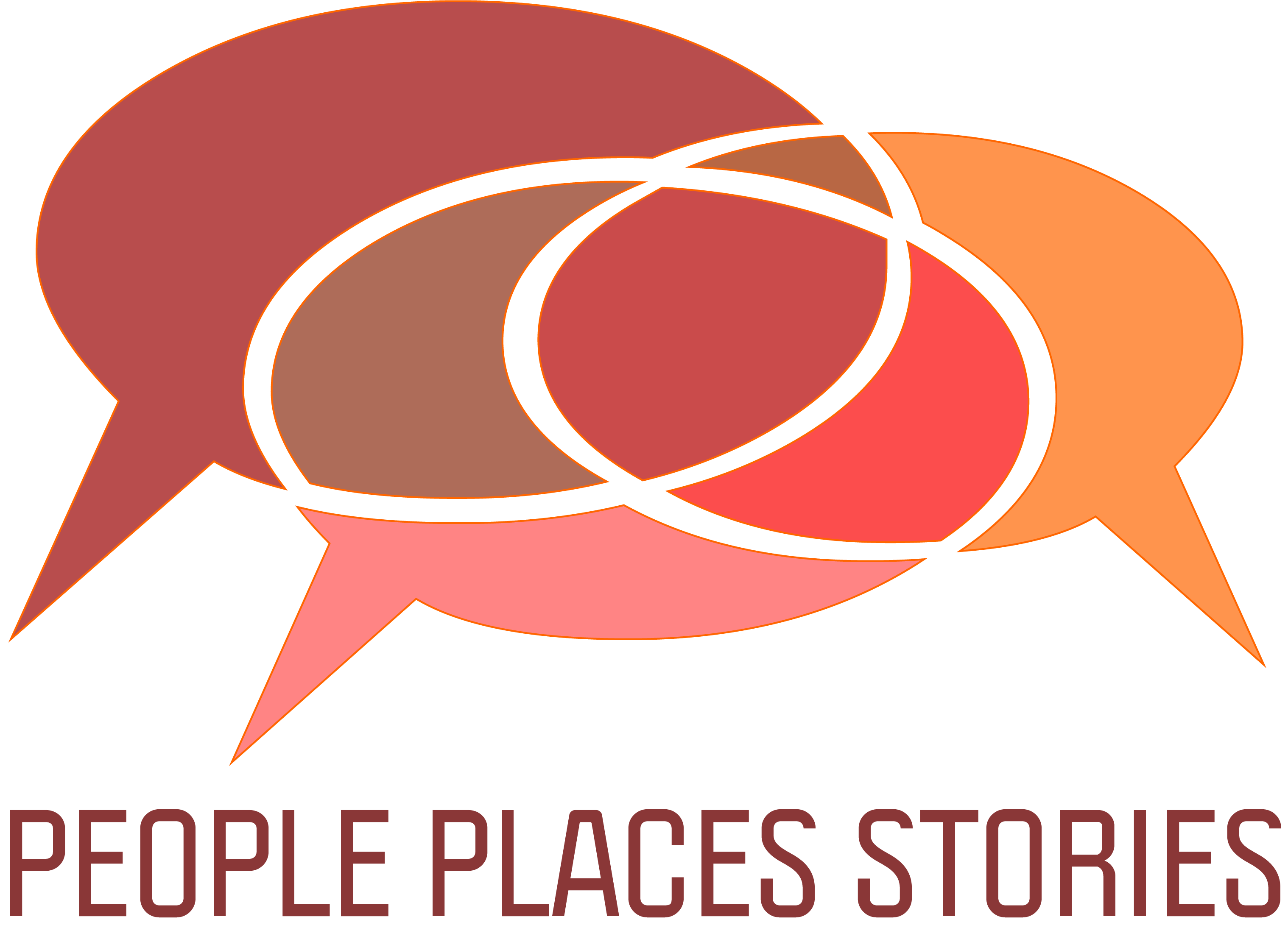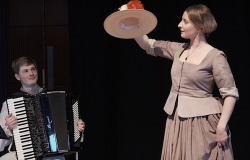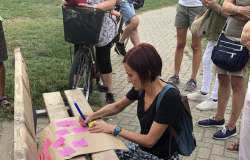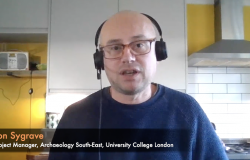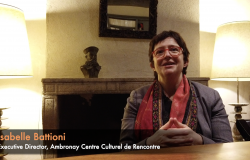Stage 3: create a vision and set goals
Goal: to identify the needs of the community concerning participation in society, in cultural life, in sharing values and heritage and use this to develop a shared sense of purpose / common vision and to set goals for a heritage community initiative.
What are the needs of the people, regarding participation and wellbeing in the local community? What initiatives should be taken to meet these needs? What role has (the local) heritage in this process? Can the Faro principles inspire us? Who are the stakeholders in this process? How can we set up an open dialogue in this respect? How can we identify and invite people to be part of the community building team?
Heritage Community Development Toolkit
- How can you
- Partner’s Example
-
Activities
- Stage 3 @ House Mill
- Learning Materials
- Quiz
- Competence Development
- Additional Resources
HOW can you develop a vision for heritage-based community development?
For this phase the PPS team proposes the Placetelling® approach, a multidisciplinary method to create new place narratives based on an (re-)interpretation of the history, heritage, and/or cultural characteristics of a territory.
As a start Placetelling® involves a research phase: a “re-reading” of historical events and an analysis of existing narratives of the territory. Participatory processes should guarantee the involvement of relevant stakeholders.
A second step involves a re-interpretation of (some of) these findings: to re-install value and meaning for the present community in the light of contemporary well-being & needs in order to relate the heritage community development initiative to relevant societal issues and perspectives.
This process of (re)creation/recognition of heritage results in an ‘orientative’ narrative. This kind of narrative underlies the rebuilding of a new identity dimension and a sense of belonging among the members of a local community by making the local community aware of the mutual relationship that binds it to the place.
This orientative narrative also acts as a ‘leitmotiv’ for narrative techniques for place interpretation leading to the construction of place-based stories, stemming from everyday life that reveal the interrelations between them, and their value for the members of the community (see stage 5).
Goutelas (Fr)
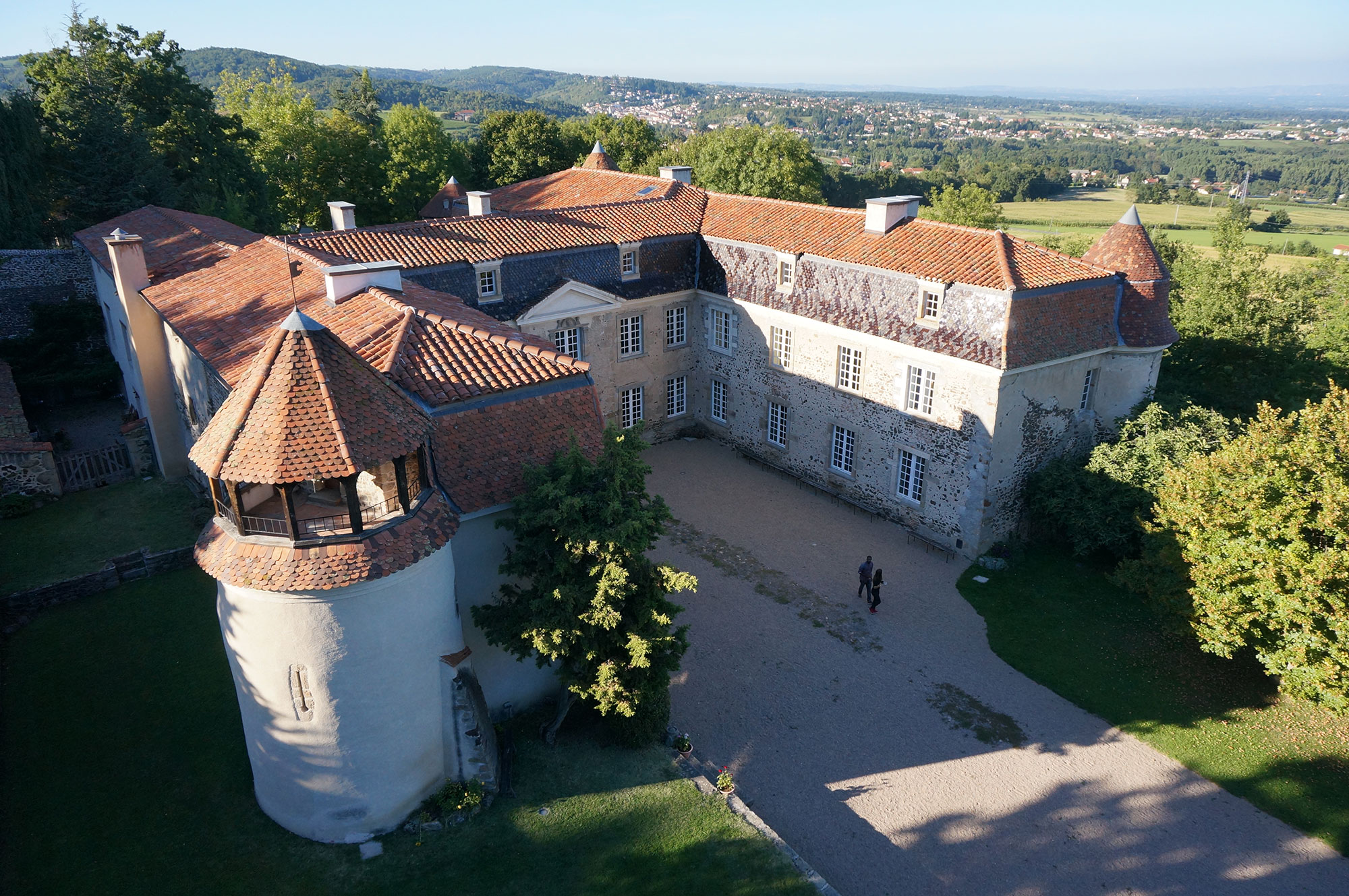
Goutelas is a castle in France (Loire-Forez), currently combining an activity of ‘conference hotel’, catering, and a wide range of cultural activities.
Under the lead of ‘Les Oiseaux de Passage’ (Marseille), the Goutelas staff, in cooperation with members of the local community, searched and revisited the history of the area. Their research landed on a literary masterpiece: L’Astrée, written by Honoré d’ Urfé in 1607-1627 (5.399 pages). It is one of the most influential works in French literature. The author spent a
part of his youth in the region and the scenes in the book are situated in the area between Boën-Goutelas and Montbrizon. There is even an ‘L’ Astrée walk’ passing by all relevan places in the story.
L’Astrée plays in the fifth century A.D. The book has many stories, but the main line is a love story situated in a rural community of shepherds but also in a world of Goddesses, Nymphs and Queens. The underlying vision is one of anti-establishment and female supremacy.
L’Astrée has been chosen by the community to be part of the new identity of the region and its population. Emancipation became the theme of a ‘Balade matrimoniale’: a walk in ‘female heritage’, staging ‘women in charge’ in the creative sectors, as elected local authority, as entrepreneur (farming, wine production and festival organiser). It will be the leitmotiv for new events at the castle and in the region.
Possible Actions
- Assist communities in creating their own heritage inventories and to rank them according to their relative relevance.
- Link the collected issues and assets to wider value, ethics and issues.
- Turn these mental map(s) into narratives/stories that reveal the interrelations between them, and their value for members of the community.
- Apply practical research methods, and methods to share thoughts & analyses on dimensions as relevance, aesthetics, urgency, and their relation with over-all societal issues.
- Create the right conditions for participatory governance.
- Build trust in institutional processes, in the legal, economic, and technical capacity of communities
- Connect heritage phenomena to history & culture.
- Use interpretive narratives to help people link heritage related values to a broader (European) history & value frame.
- Organise participatory processes (attracting new groups, clear transparent communication, open interaction with groups)
- Identify barriers to participation and put forward proposed solutions.
- Develop an outcome-based approach to participatory governance that monitors progress and measures impact.
- Communicate the results of participatory projects to ensure their sustainability, and inclusion in political agendas.
Reflection:
- Take a look of the “About Us” on the HM website. Bases of the diverse profile of the trustee members, what contesting values and visions you would expect?
- The HM has a 5-pillar vision that addresses different needs of both the site and the community. Have you encountered any form of conflict within your HC, how would you identify common ground and negotiate on a shared vision?
Learning Materials
Related Competence
To facilitate participatory governance of heritage communities to ensure shared responsibilities
- To relate a heritage community (development) initiative to relevant societal issues, perspectives, and ethics
- To foster the development of a multi-perspective interpretation principle when offering meaning making and value related frames
- To have a clear vision and show a genuine concern and interest in heritage, in people and in how the two interrelate.
- To reflect, be inclusive, and sensitive to ethical, cultural and value issues related to people and heritage
Competence Development Pathway
PPS focuses on building the capacity of heritage communities as a socio-cultural space for creativity, learning, participation & inclusion. Each stage of heritage community development involves either field, organisational or social competences.
We have developed the “PPS Competences & Knowledge-Skills-Attitudes (KSA) reference systems” that will assist you to develop the relevant competence to this stage.
Examples
Rederij Lampedusa is a social enterprise that links the migration past of Amsterdam to the current migration issue of refugees trying to reach Europe. The company employs about ten people who have fled their homeland for a new future in the Netherlands. the two ships from Shipping Company Lampedusa – former refugees ships used by people to cross the Mediterranean Sea. Swimming and boat handling lessons, guided tours of the harbour to locals and tourists.
This project is a good example of how the heritage of the port can be closely related to relevant societal issues, perspectives, and ethics.
Syrian and Iraqi refugees are trained as museum guides to lead tours of museums in their native languages; selected museums in Berlin.
Cultural projects on civil right issues – inclusion marginalised people and urban areas: comedy, literature, arts, heritage. Based in Toulouse but with projects elsewhere (Paris)
